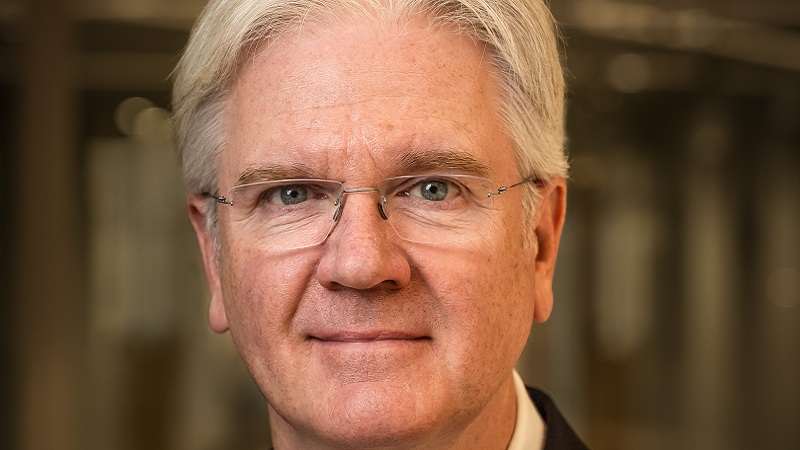M&G has launched a voluntary redundancy scheme with the aim of cutting staff costs by 10% this year as it reports lower profits.
In its first results since splitting from its parent Prudential and listing on the London Stock Exchange in October, the firm reported pre-tax profit of £1.1bn in 2019, down from £1.6bn in 2018.
As part of a plan to deliver £145m of annual run-rate shareholder cost savings by end of 2022, the firm has launched a voluntary redundancy scheme with the aim of reducing total staff costs by 10% in 2020.
Retail asset management sees outflows
Despite net client outflows across savings and asset management of £1.3bn, company-wide assets under management and administration (AUMA) increased 9% to £352bn. M&G said this was mainly a function of positive market developments and the inclusion of reinsurance assets from Rothesay Life previously excluded from AUMA.
The retail asset management business added £5.9bn during the year due to market movements but this was cancelled out by £7.4bn of net outflows. This meant retail asset management AUMA dropped slightly to £75bn, from £76bn in 2018.
AUMA for retail savings increased to £63bn in 2019, up from £51bn the year before, while institutional assets jumped to £77bn from £71bn.
Addressing a ‘challenging environment’
M&G said the performance of its retail asset management business was muted by the “challenging environment”, adding there were a small number of funds where performance was weaker than the firm would like.
“Improving investment performance is a management priority and we are implementing a series of actions, including independent fund assessment and capability build,” the results said. “We are also working on a number of initiatives in the retail asset management business to diversify and increase client flows, including developing outcome focused investment solutions and continuing to expand our sub-advisory capability.”
Several of M&G’s biggest star managers have floundered in recent years, including M&G Optimal Income’s Richard Woolnough and Tom Dobell who runs the M&G Recovery fund, both of which are fourth quartile over one, three and five years.
M&G has also been in the spotlight for its Property Portfolio, which has been suspended since December.
Private assets focus
M&G said its private assets business is an “important component of our investment capability” and represents a “resilient, high-margin source of revenues”. Its private assets under management increased 7% to £60.3bn of AUMA as at 31 December 2019.
Elsewhere, the results said the spread of Covid-19 and the potential economic impact remains a “significant uncertainty” and further market turbulence could affect its capital strength. As at 6 March 2020, its shareholder Solvency II coverage ratio was estimated at 166% which is within its risk appetite.
M&G also paid a fine of £24m to the Financial Conduct Authority during the year for historical failings in its non-advised annuities business. It said it has “largely completed the remediation on the relevant cases”.
M&G chief executive John Foley (pictured) said: “We have achieved much in 2019. As well as executing a successful demerger, we have maintained a clear focus on the day-to-day management of our business as indicated by a positive set of financial results in a challenging market. Adjusted operating profit before tax of £1,149m and total capital generation of £1,509m for the year represent a resilient performance in line with our expectations.”









